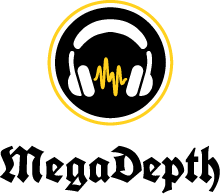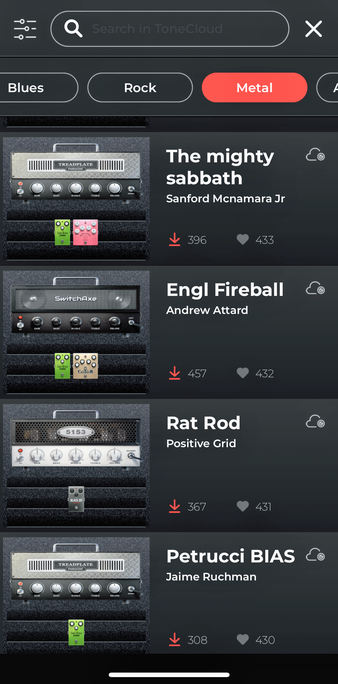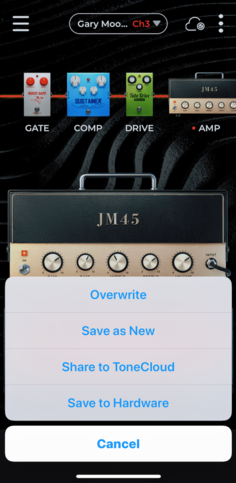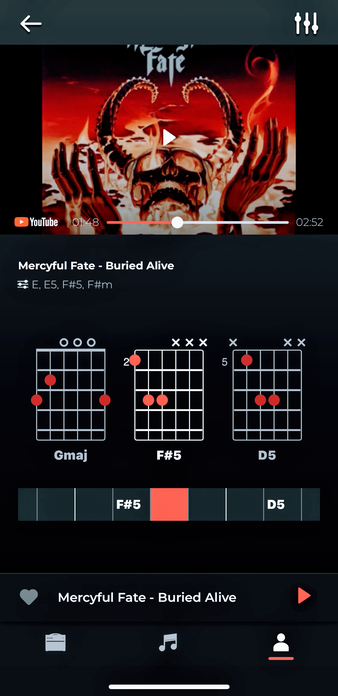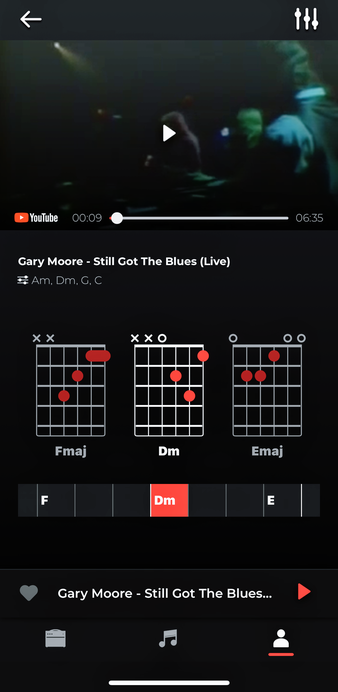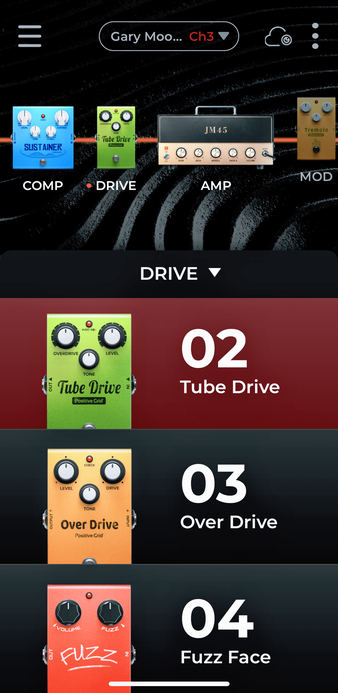
It’s been a while since I’ve talked about gear so I thought it was time to do that. If you haven’t checked it out yet, I posted a detailed article on some gear I purchased in 2019. If you’ve read it, then you already know I’m interested in the practice amp market. For that reason, I wanted to review a product I’ve recently received: the Positive Grid Spark amp.
A quick disclaimer here. I am in no way affiliated with Positive Grid. I pre-ordered the amp on the same day “Early Bird” promotions were available and paid for the product. I received it in mid-February.
It’s safe to say that the practice amp market is burgeoning. These days you’re not even just talking about small practice amps, you can also include some impressive iPad apps, along with much better performing interfaces, and you’ve got yourself a practice setup! I’ll probably do a separate article on the mobile apps I’m using, along with a new interface I got, but let’s leave that for another time. Furthermore, categorizing these products as “practice amps” may be limiting since you can do more with them; but since they are primarily built for easy practice, I will refer to them as such.
My first practice amp was a Yamaha THR10X. I sold it in favor of a Boss Katana Air. I kind of ended up regretting selling the Yamaha. Katana Air was a good product but fell short in certain aspects. I talked at length about all of this in my Gear Summary, as well as on YouTube. Once I got the Spark, I sold the Katana Air. I’ll address some differences between the two products, but for me, the tones I could get from Spark – fairly quickly at that – were so much better than I’d gotten from the Air in all those months I’d had it.

I’ll talk about tone more, but let’s start with the amp itself. You can store 4 presets on the amp, so even without the mobile app, you can get to 4 different tones easily. You can make all kinds of adjustments to any of them right on the amp too. You’ve got a few different amp types to choose from, although the amp types become far more versatile once you start using the app. You can also adjust the usual amp controls, as well as output volume or some effects. Again, these get far deeper when you use the app, but in case you want to make quick adjustments on the amp, you certainly can.
In total, you’ve got 30 amp models and 40 effects to choose from. All amps and effects use the same BIAS tone engine that people who are familiar with Positive Grid’s other popular product already know. As someone who’s used both the Desktop and iPad version of BIAS, I can tell you that the Spark is far easier to use.
The mobile app is called Spark. I have an iPhone so I’ve only ever used it on an iOS device. It’s got some bugs, like my iPad kept giving me an error when I tried to play some tracks through Apple Music. All Bluetooth connections were correctly made; but I kept getting the error that the track wasn’t available. Then, I connected my iPhone and everything worked smoothly. I don’t fully get what happened there. The other thing to point out is, they do advertise as music from your Apple Music and Spotify being available for you to play back on your Spark, or get some chord info, but it looks like the Spark searches for that song on YouTube. So, even if you have access to a track on your Spotify, it would still have to exist somewhere on YouTube. I wish the marketing language was a little clearer there. Luckily, most songs exist on every platform these days, so I haven’t had a single issue so far. But it’s something to keep in mind.
There is a small lag when you go from one tone to another. It’s not limited to the app, the same lag occurs when you switch tones on the amp itself. It’s a noticeable but small lag. For live situations, it might be a problem. But for practice, it doesn’t bother me at all. I can live with that.
My favorite thing about this amp is how quickly I can get great tones. I’ve owned two other practice amps before this, so I have a good reference point here. The app for Spark is incredibly easy to operate so you can get to great sounding tones in no time. The amp comes with some presets already. But what makes it even more powerful is the cloud. You can easily check out what other users have uploaded, save it for yourself, and make some tweaks to it as you see fit. You can preview those tones before you decide if you want to save them. All kinds of genres are covered on the cloud. I’ve found tones based on James Hetfield’s or Gary Moore’s rig. It’s all there.
Part of the reason why the amp sounds great is because it is a 40 watt amp, with two 4’’ custom designed speakers. It can get really loud, trust me! You can also use the Spark as an audio interface, which can come in handy if you’re traveling with just a laptop and your Spark. I tried it only once before this review and it worked without issues on Logic Pro X. You can actually select the Spark to be both the audio input and output. You can hear back what you’ve recorded directly on there, if you so choose.
One thing I’ve been looking for and just can’t find is how to build a patch from scratch. I don’t think that option exists. I looked at the manual and didn’t see anything there. You can always start with another template and change anything you want to make a tone completely yours. But I think this is a missed opportunity. Lots of people love being able to start from scratch. The other thing is, as far as I can tell, you can’t change the signal chain. You can, of course, adjust the parameters of whatever block you have selected, but you can’t move them to a different place in the chain. Again, for me those are not big deals. There are 40 effects and 30 amps to choose from, each with their own set of parameters, so there’s plenty of variety already. I love playing around with the signal chain on my Helix or HeadRush, but I don’t expect that in my practice amp. It still sounds great and easy to use. But I’m letting you know because this could be important for others.
So, it sounds great, but there is another reason why I pre-ordered this as soon as it was available. I am a guitarist who is trying to get better at jamming and improvisation. I pay far more attention to song structures than before and I try to learn more theory every day.
If you use the Auto Chords feature, Spark will display the chords of the song you are playing. This is a great way to keep learning, but I should add a note here. My experience with this is that while it mostly does a decent job at getting the root note correctly, it doesn’t always perform well with certain genres; especially with rock and metal where music is usually based around riffs. Sometimes a chord isn’t even being played and other times, Spark tends to simplify what is being played. So, I would look at the information from a high-level perspective as a helping mechanism; not as the be-all-end-all. A chord shape won’t help you much if you’re playing along to Mercyful Fate. But you can slow the song down and even play certain sections in a loop if you want to keep practicing. Those can at least give you a chance to pause and look into the root note of the chords. It’s a great idea and there’s room for improvement; but for now, I prefer to do my own song analyses.
The Smart Jam feature is pretty awesome. It looks like Positive Grid will add more to this feature later and I’m looking forward to those changes. For now, it’s a little limited in style (currently, there’s only one “drummer”), but the idea is that Spark will listen to something you play and will come up with a drum pattern for you to jam with. I liked this a lot – it’s exactly something someone in my position needs. It’s an easy way to get some drum tracks behind to test how good your timing is. It adds some bass to it too and will show you the notes being played so you can jam accordingly. I only tested this with very simple notes so far; and it performed accurately. Next, I’ll throw some more complicated riffs and see how things come out. In any case, this is a stellar feature!
Last but not least, Spark also functions as a Bluetooth speaker. So, even if you weren’t using Spark for guitar tones, you can still use it as a Bluetooth speaker for anything you want to play from your mobile device. Just make sure your device is connected to “Spark Audio” via Bluetooth. That means you will need two connections; one to control your Spark from the app, and two to be able to play device audio via the Spark.
Of course, to each their own. You have to ask yourself what you’re looking for in a practice amp. Are you okay sacrificing some tweaking options for lower price and smart jamming features? I certainly was. Are you okay having to plug the amp in every time? This one cannot be battery operated. I personally wanted to get to great tones in as little time as possible and I wanted access to the cloud to get some ideas from others. I don’t have a lot of time to practice and I want to maximize my playing time. Katana Air was getting a little cumbersome for me and the cloud option was limited. So far, Spark has been great.
I’m happy with the purchase. I’m interested in trying out the Yamaha THR 30 someday; but for now, I am enjoying the hell out of the Spark. While some features have room for improvement, it remains as an awesome practice companion even in its current form. It sounds great and is extremely easy to use. It will free up a lot of your time so you can focus on your playing. Everything else – the smart jam, song analysis, Bluetooth connection, audio interface capability – is just icing on the cake. I know there is a waitlist for the Spark, and due to the recent COVID19 related delays some people had to wait longer than they anticipated, but it’s worth the wait.
